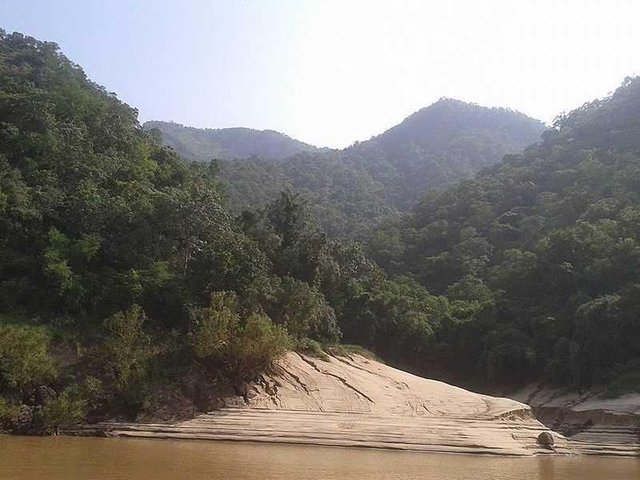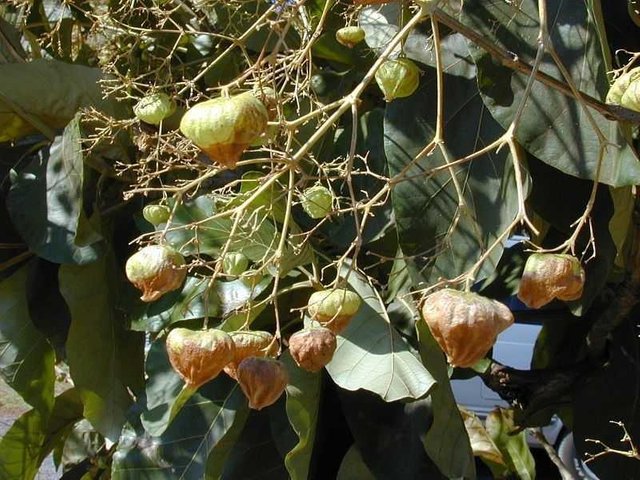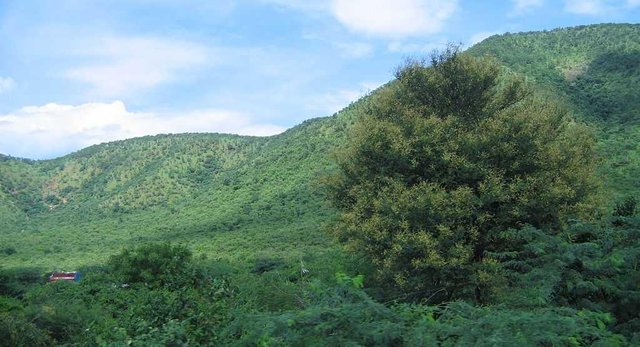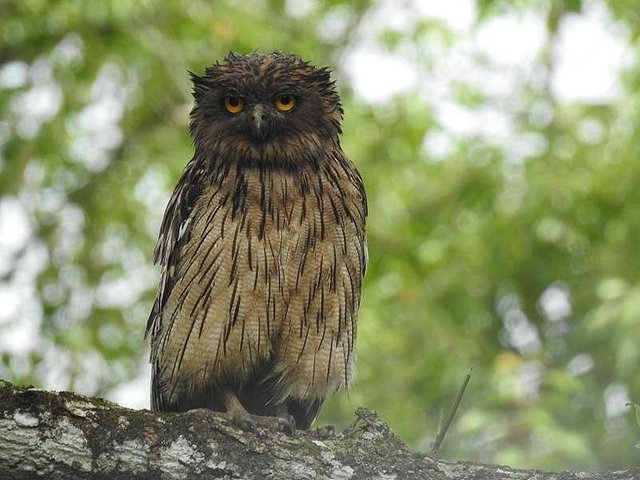Papikonda National Park is a beautiful tourist spot
Protected areas stretch along the banks of the beautiful Godavari River, India's second largest river. It comes from the state of Maharashtra, flowing to the east and flowing into the Bay of Bengal. To the Hindu Godavari is a sacred river, along its banks there are many places of pilgrimage. The view of the river itself, flowing through canyons and wild forest groves, is enchanting and fascinating, and the reserve grounds serve as a refuge for the Royal Bengal tigers, leopards, spotted deer, buffalo, sambar. There are also bears, four horned antelopes, wild pigs, hyenas, and wolves. In the warm tropical swamps found crocodiles, and in the crown of trees - a herd of many birds. Until the 80s of the 20th century, buffalo could see wild buffalo, but now they can not be found in nature reserves.
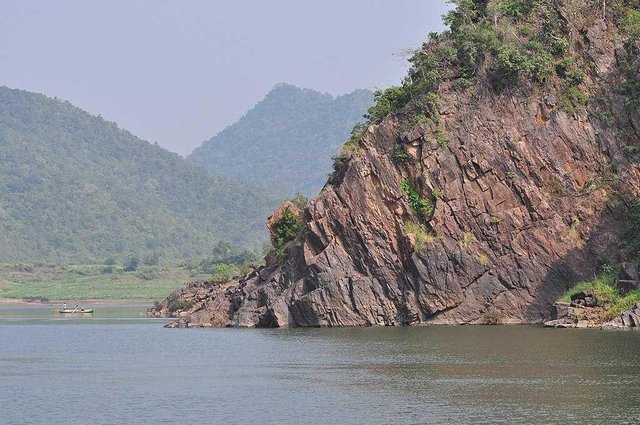
Papiconda Park is a monkey area (mostly babe and rhesus monkeys). This place is depicted in the holy epic Ramayana. It was to this area that according to legend, Lita Sita was brought (one incarnation of Lakshmi, Divine friend of Vishnu).
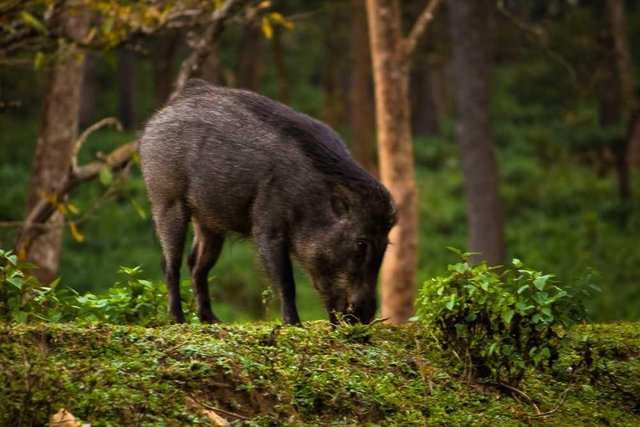
Flora-rich Papiconda is represented by many flowering and herbal plants. Large bamboo grove adjacent to dry dry forest forest. On the slopes of cassia rampaging and pterocarpus, the cherries and Albitius from the nuts family, creeping latifolii bushes that reach 15 meters, and various other flora typical plants from the Eastern Ghats.
Eastern Ghats - the birthplace of tropical forests, consciously referred to as natural biodiversity treasures, but as a result of deforestation there is a rapid change in the landscape: more areas are planted for agriculture, dams and roads under construction. To study and assess the consequences of human intervention in the Papiconda area, a number of satellite images covering the period 1988 to 2014 were surveyed, and scientists from 2014 to 2015 participated in fieldwork to draw reliable conclusions about landscape conditions.
The Medan analysis shows that 16% of the land in Papiconda National Park and adjacent areas 1991-2014 has changed beyond recognition: where there is forest, now a desert with few bushes. Most deforestation takes place on easy-reachable land at the foot of the lower hill of the Gate, along roads and villages along the Godavari River.
The conclusions of scientists are clear: agricultural development, illegal logging and road construction are key factors of changing the Papikonde landscape and the existing deforestation can cause serious harm to the biodiversity and habitat of many bird and animal populations in the North and East Ghats.
Despite the fact that the Papikonda Nature Reserve was declared a National Park of India in 1979, today these forest protection measures are no longer enough. In Andhra Pradesh, a forest department has been established, which is one of the divisions of the state government.
Continuous forest protection work: Plans to protect the Park include measures to ban in areas for pasture for livestock grazing, as well as restrictions on all types of hunting and agricultural activities. The park boundaries are well marked and controlled by experts from the forestry department.
The Papikond Reserve is open for year-round travel. The best time to visit the park is from October to May. A museum and environmental education center has been set up in the park. The most interesting activities for tourists are the safari boats and rafting along the river. The tourist center is located in the town of Kadapa. Organized tours include spending the night in Kolleru village huts - this is real deafness, no cellular or telephone communication, unless there is an emergency satellite connection in a neighboring village.
